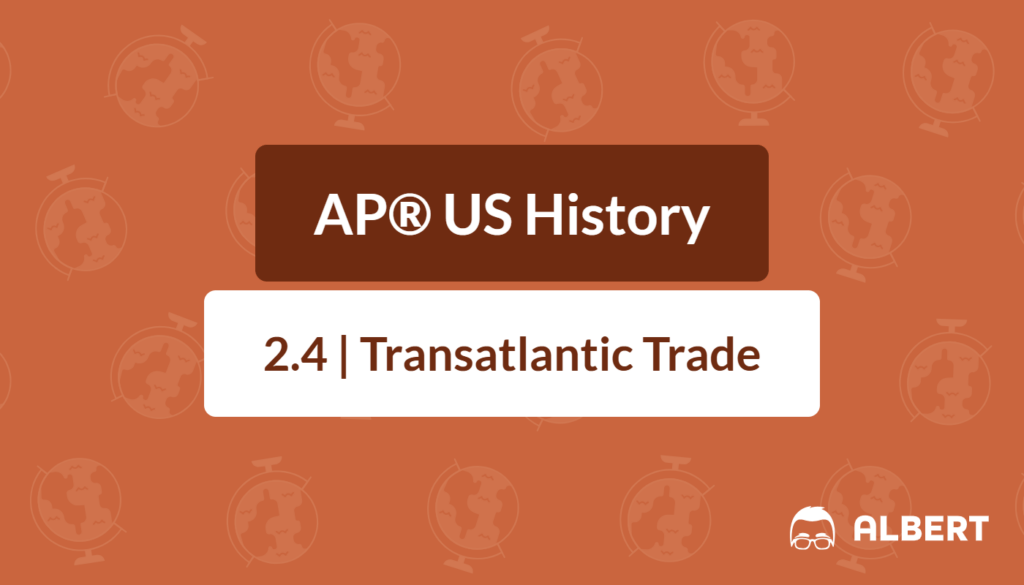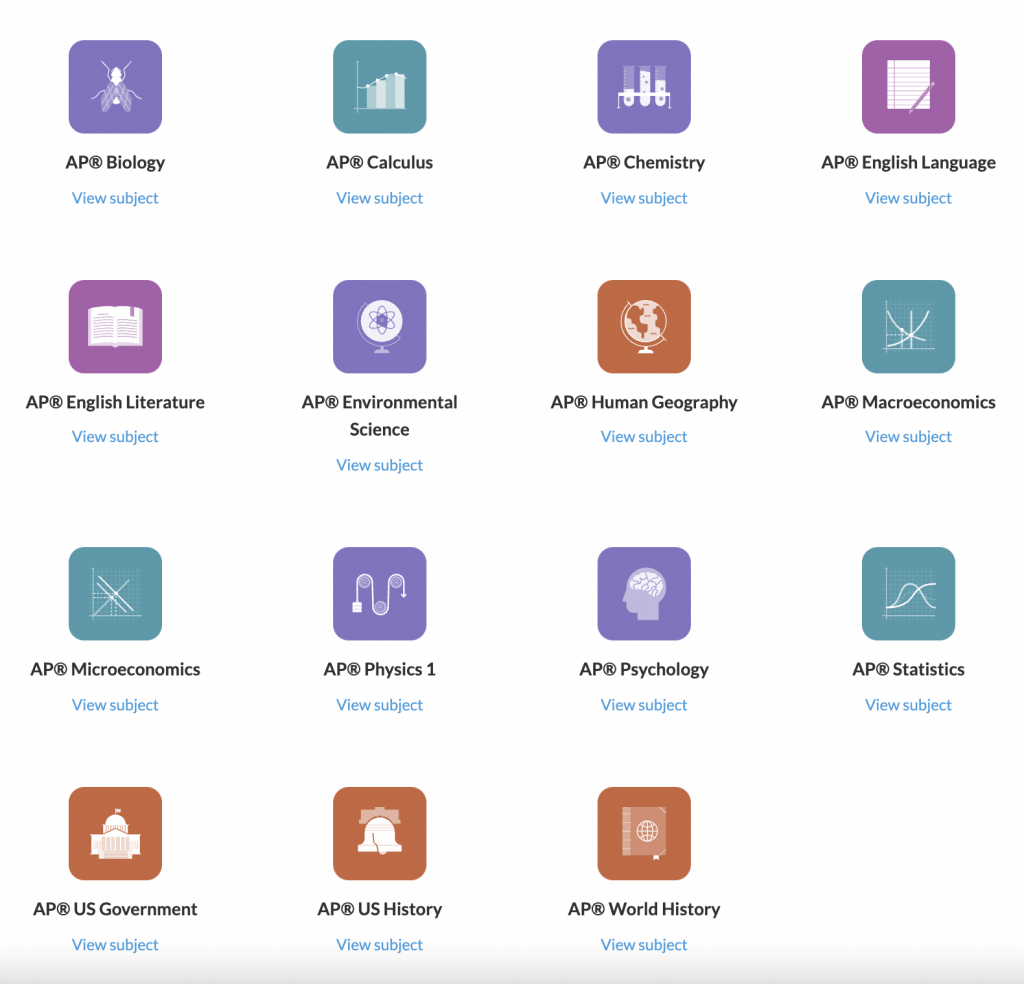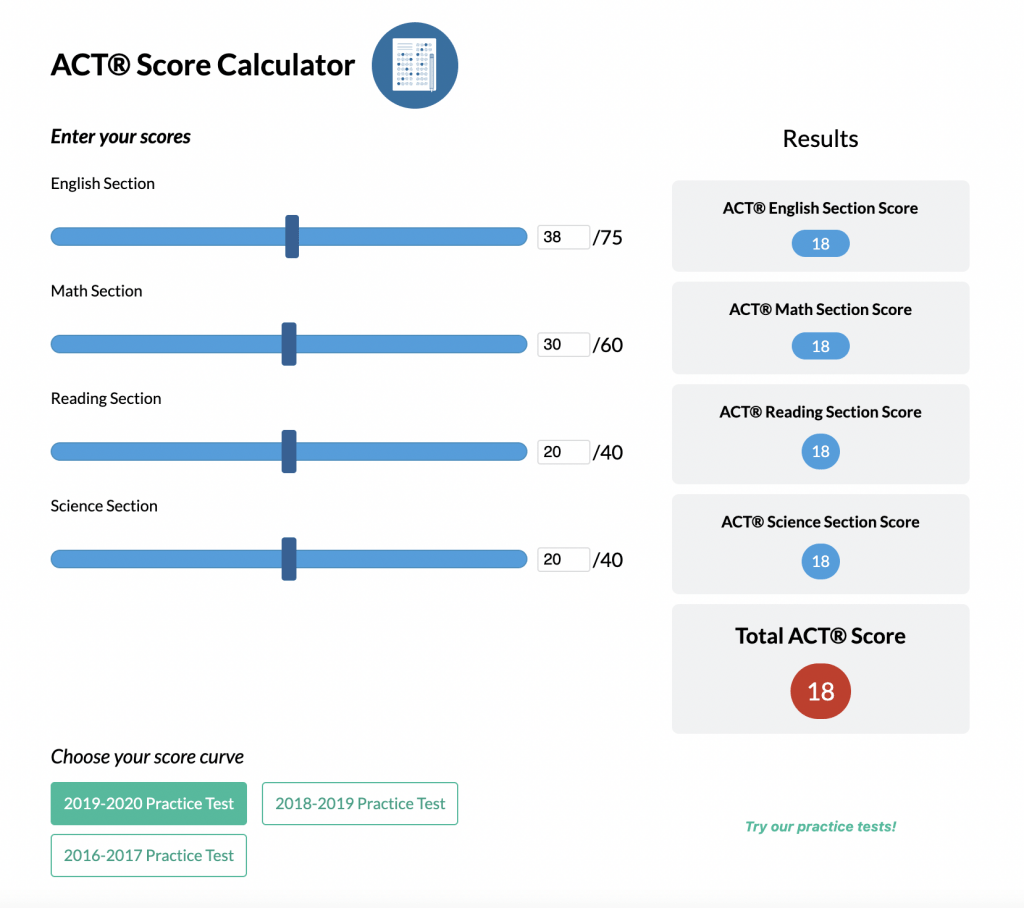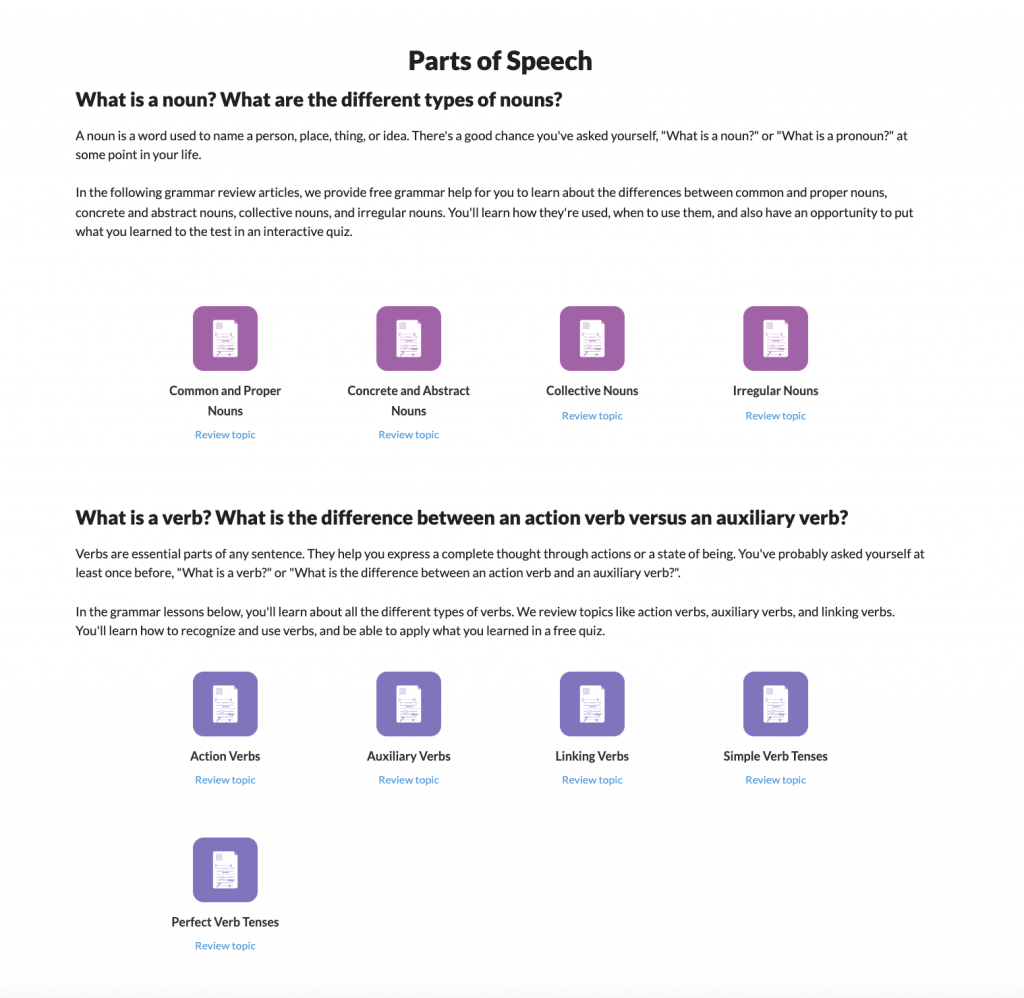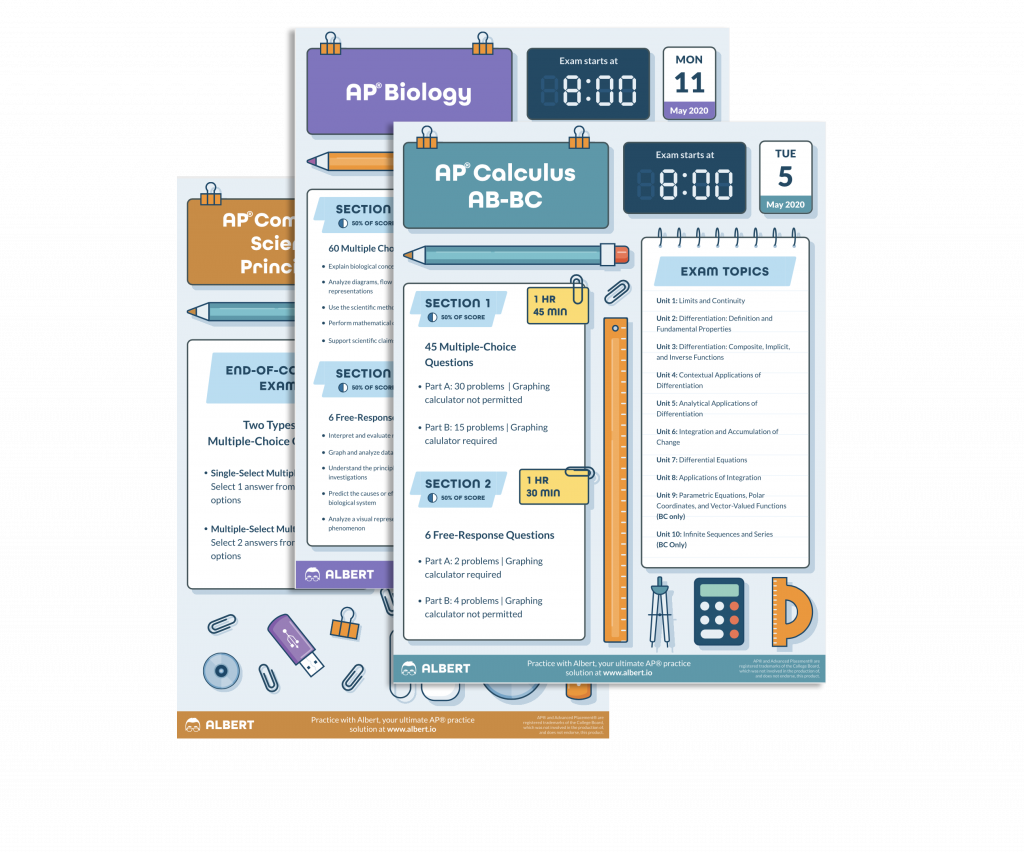What We Review
Understanding Transatlantic Trade: An AP® US History Study Guide
Transatlantic trade was a major force in shaping the early history of America and the wider Atlantic world. For AP® US History students, understanding transatlantic trade means recognizing not just the exchange of goods, but also how people, ideas, and cultures were shaped by these networks. This study guide will break down the basics, causes, components, and effects of transatlantic trade into simple, easy-to-understand sections. By the end, you will be prepared to explain both the causes and the effects of transatlantic trade—key knowledge for the AP® US History exam.
What Was Transatlantic Trade?
Transatlantic trade, also called the Atlantic trade, refers to the large-scale exchange of goods, people, and ideas between Europe, Africa, and the Americas from the 16th to the 19th centuries. The main economic system that developed is often called the “Atlantic economy.”
These trade networks connected:
- Europe (like Britain, France, Spain, Portugal)
- Africa (mostly nations along the West and Central African coasts)
- The Americas (including the Caribbean and both North & South America)
A key part of transatlantic trade was the Triangle Trade, a series of routes that formed a triangle between these continents. Ships carried goods and people on each side of the triangle.
Example: The Triangle Trade Map
- Step 1: Ships left Europe carrying manufactured goods, such as guns, metal tools, and textiles.
- Step 2: They traveled to Africa, where these goods were traded for enslaved Africans.
- Step 3: Ships crossed the Atlantic (the Middle Passage) to the Americas, where enslaved Africans were sold.
- Step 4: Ships loaded up with products like sugar, tobacco, and cotton from the Americas and sailed back to Europe.
This cycle repeated for centuries, involving goods, diseases, people, and ideas. These networks fueled the growth of colonies and nations.

Causes of Transatlantic Trade
There were several main causes for the growth of transatlantic trade:
- European Demand for American Goods and Labor: Europeans wanted products like sugar, tobacco, and cotton but lacked the means to grow these in their own countries.
- Mercantilism: European countries believed that national power depended on wealth, especially gold and silver. Colonies were seen as sources of raw materials and new markets.
- Labor Shortages in the Americas: The native populations declined dramatically after contact with Europeans due to warfare, disease, and harsh labor systems. This led colonists to seek new sources of labor, especially enslaved Africans.
- Trade with Indigenous Peoples: Europeans traded with Native Americans for fur and other goods, creating an exchange system that tied all groups together.
How Mercantilism Shaped Colonial Trade
In the 1600s and 1700s, Britain and other European powers followed mercantilist policies—an economic system that aimed to increase national wealth by exporting more than importing.
- Colonies played a key role in this system. Britain viewed its North American colonies as sources of raw materials (such as timber, tobacco, and sugar) and as guaranteed markets for British-made goods.
- To enforce this trade system, Britain passed laws like the Navigation Acts, which required the colonies to:
- Trade mainly with Britain.
- Use British ships for transporting goods.
- Avoid direct trade with rival nations like France or the Netherlands.
- This created a closed-loop economy that funneled resources and profits back to the British Empire while limiting economic independence in the colonies.
Check Your Understanding
Why did European countries want to control colonial trade?
European powers aimed to grow their wealth—especially in gold and silver—by tightly managing trade. By controlling colonial economies, they could:
- Import valuable raw goods at low cost.
- Export finished products at high prices.
- Weaken economic rivals by keeping trade and profits within their own empires.
Components of the Transatlantic Trade
Transatlantic trade involved many goods and people. Here are the main components:
- Raw Materials: Sugar, tobacco, cotton, and indigo from the Americas
- Manufactured Goods: Tools, weapons, rum, and textiles from Europe
- Enslaved Africans: Forced to work on colonial plantations; their transport across the Atlantic was called the Middle Passage
- Trade with American Indians: Included furs and other native products in exchange for metal goods, cloth, and firearms
Example: Main Items Traded on Each Route
| From | To | Goods/People Traded |
| Europe | Africa | Manufactured goods (rum, textiles, guns) |
| Africa | Americas | Enslaved Africans (Middle Passage) |
| Americas | Europe | Raw materials (sugar, tobacco, cotton) |
Effects of Transatlantic Trade
The effects of transatlantic trade were far-reaching and sometimes devastating.
Economic Effects
- Growth of Colonial Economies: Colonies grew rich from growing and exporting cash crops.
- Increased Wealth in Europe: Profits from trade helped fund further expansion and industrialization.
Social Effects
- Expansion of Slavery: Millions of Africans were forcibly transported, leading to a huge rise in enslaved populations in the Americas.
- Population Changes: African populations suffered due to the slave trade, while American Indian populations fell sharply from disease and violence.
Cultural Effects
- Spread of European Goods and Culture: American Indians and Africans adopted, or were forced to adopt, European ways of life.
- Blended Cultures: New foods, music, and traditions emerged from cultural mixing.
Health Effects
- Spread of Epidemics: Diseases such as smallpox and influenza, brought by Europeans, swept through Native American populations.
Example: Epidemic Disease Impact
- Europeans arrived in the Americas, bringing diseases like smallpox.
- Native populations, lacking immunity, suffered high death rates—some regions lost over 90% of their population.
- Fewer American Indians meant European settlers demanded more enslaved Africans for labor.
Check for Understanding:
Describe one important consequence of the spread of European diseases in the Americas.
- Solution: The spread of diseases like smallpox killed large numbers of American Indians. This population decline decreased their resistance to European settlers and changed the balance of power in the Americas.
British Imperial Policies and Colonial Resistance
Britain tried to control colonial trade to serve its own economic interests—this led to growing tensions.
- Navigation Acts: Laws passed by Britain requiring colonies to trade mostly with England and use English ships, ensuring Britain got the profits.
- Conflicts with Colonists: Many colonies began to resent these controls and found ways to get around them, such as smuggling.
- Issues with American Indians: Colonists wanted to expand into Native lands, leading to more conflict.
- Loose Enforcement: Sometimes Britain did not strictly enforce its laws, a policy called “salutary neglect,” until problems became too big to ignore.
Example: The Navigation Acts—
- Parliament passes Navigation Acts, requiring colonial products to be shipped only to England.
- Colonists find these rules restrictive and often trade illegally with other nations.
- Britain sometimes ignores violations, but cracks down when it needs more money or control.
- Tension increases, setting the stage for later colonial protests and conflict.
Quick Reference Chart: Important Vocabulary and Definitions
| Term | Definition |
| Transatlantic Trade | Exchange of goods and people between Europe, Africa, and the Americas |
| Atlantic Economy | Economic system linking continents through trade across the Atlantic |
| Triangle Trade | Trade route connecting Europe, Africa, and the Americas in a triangle shape |
| Middle Passage | Ocean journey that brought enslaved Africans to the Americas |
| Raw Materials | Natural products (sugar, tobacco, cotton) exported from the colonies |
| Mercantilism | Economic policy where nations gain wealth through controlled trade |
| Navigation Acts | British laws controlling colonial trade to benefit England |
| Manufactured Goods | Items like tools, guns, and cloth made in Europe and traded elsewhere |
| Enslaved Africans | People taken by force from Africa to work as slaves in the Americas |
| American Indians | Native peoples of the Americas impacted by trade, conflict, and disease |
| Demographic Shift | A significant change in the size or makeup of a population |
| Salutary Neglect | British policy of not strictly enforcing trade laws in the colonies |
Conclusion
Transatlantic trade shaped the economy, society, and cultures of the Atlantic world. It brought new goods, wealth, and ideas, but also caused suffering and widespread changes, especially through the spread of slavery and disease. Understanding these causes and effects is essential for AP® US History success. Make sure to use this study guide, review the quick reference chart, and try practice problems to master the topic. With practice, you can explain how transatlantic trade changed the world—one step at a time.
Sharpen Your Skills for AP® US History
Are you preparing for the AP® US History test? We’ve got you covered! Try our review articles designed to help you confidently tackle real-world AP® US History problems. You’ll find everything you need to succeed, from quick tips to detailed strategies. Start exploring now!
- AP® US History: 2.5 Review
- AP® US History: 2.6 Review
- AP® US History: 2.7 Review
Need help preparing for your AP® US History exam?
Albert has hundreds of AP® US History practice questions, free response, and full-length practice tests to try out.

